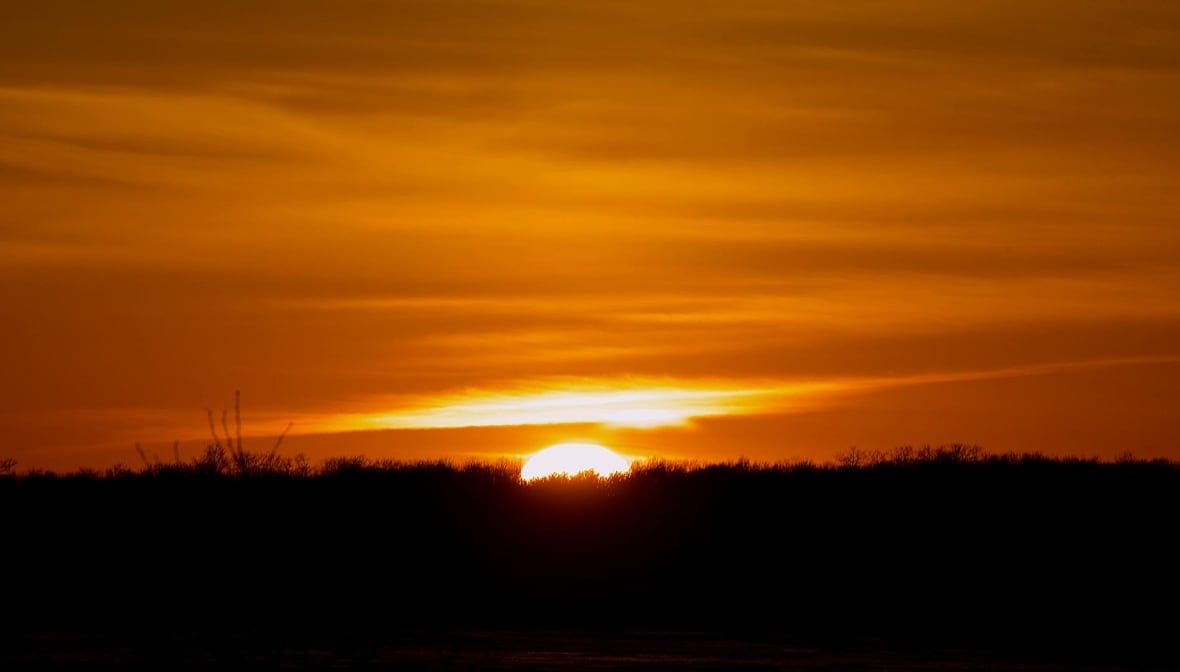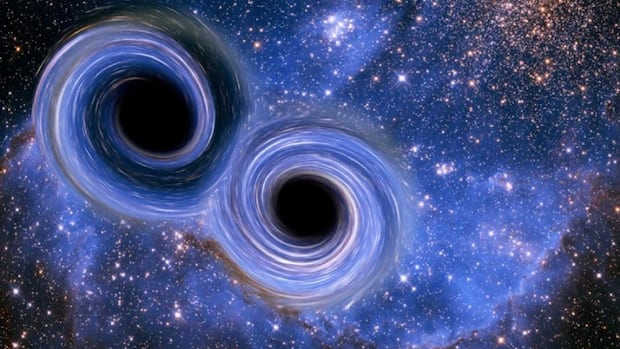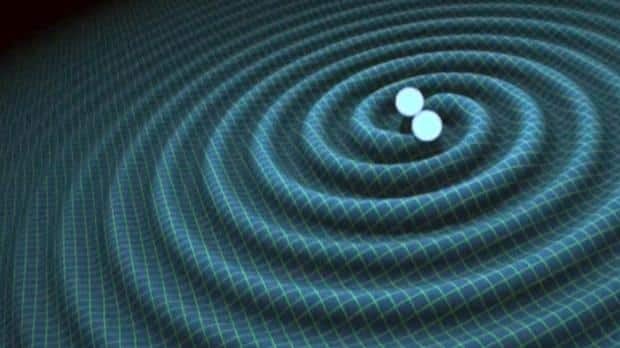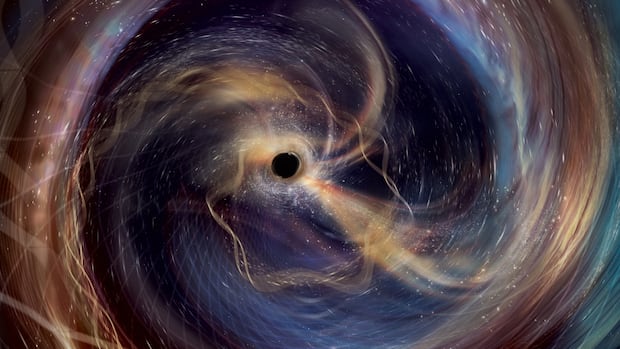A group of Manitoba researchers were involved behind the scenes of an international effort that this week revealed how two massive black holes careened into one — happily, billions of light years from Earth.
University of Manitoba astrophysicist Samar Safi-Harb, the Canada Research Chair in Extreme Astrophysics, and her team are collaborators on the LIGO-Virgo-KAGRA program, which on Monday published evidence of what Safi-Harb says is “the most massive binary black hole detected to date.”
Another surprise from the detection, originally made in November 2023, was the breakneck speed at which each black hole was spinning at the time they crashed together — “close to the maximum possible [speed] allowed by theory,” said Safi-Harb, who is also a professor of physics and astronomy at the Winnipeg-based U of M.
“So not just they are massive, they’re spinning like crazy — 400,000 times the Earth’s rotation speed.”
Her team wasn’t directly involved in this detection, but they’re part of the community of thousands of researchers globally involved in LIGO — the Laser Interferometer Gravitational-Wave Observatory, which operates detectors in Washington state and Louisiana.
The team includes U of M postdoctoral fellow Nathan Steinle, who specializes in gravitational wave astrophysics and modelling the collision of black holes, while postdoc Labani Mallick works on electromagnetic observations of black holes.
Safi-Harb’s PhD student, Neil Doerksen, is focused on improving the sensitivity of detectors used in gravitational wave detection technology, and PhD student Lucas da Conceição works on detection of neutron star gravitational waves.
Studying wild extremes
All five research wild extremes — extreme temperatures, extreme gravity, extreme magnetic fields exhibited by astrophysical systems.
Those just happen to be associated with the deaths of stars — which Safi-Harb is fascinated by because of what they can tell us about where everything comes from.
Stellar explosions lead to the creation of some of the heaviest elements in the universe: the calcium in your bones. That gold engagement ring your grandmother left you. The platinum in the catalytic converter stolen from your buddy’s sedan. It all came from a beautiful kaboom in the vacuum of space.
The more commonly understood way black holes are born is the collapse when a massive star reaches the end of its life. Its stellar corpse morphs into this mysterious, incredibly dense pack of matter, with gravity so intense not even light can escape.
That basically makes black holes invisible to conventional light-based telescopes, which is why traditional studies have homed in on the indirect effects black holes have on their surroundings.
X-ray telescopes allow scientists to, for example, infer the presence of a black hole by studying the gravitational effects they exert on nearby stars, or by finding materials like gas and dust that forms in disks around black holes.
But when it comes to hunting for black hole collisions, different tools are needed.

LIGO is designed to look for gravitational wave signatures first predicted to exist by Albert Einstein over a century ago.
Einstein’s general theory of relativity postulated that these waves rippling through space-time are produced by the motion of accelerating objects. Big, big ones.
“If you throw a rock or a stone into a lake, you observe those ripples,” said Safi-Harb. “When you have a black hole, it is so dense that it causes these ripples in space-time.”

If two black holes orbit one another and get closer and closer, they accelerate, “and that leads to really strong gravitational waves,” she said.
Einstein’s prediction remained rooted in the theoretical realm until a decade ago, when scientists managed to observe gravitational waves for the first time through LIGO. Scientists now know of 300 black hole collisions, said Safi-Harb.
The latest, dubbed GW231123, is the most massive yet.
WATCH: Scientists detect gravitational waves for first time (2016):
Einstein theory proven more than 100 years later
The original pair of black holes had masses 100 and 140 times greater than our sun, and the end product of the merge is in the range of 225 solar masses.
That sounds massive, and it is, but on the spectrum of black holes it may fall somewhere in the middle.
There are three classes of black holes, including those in our cosmic backyard, known as stellar mass black holes. They can be in the order of 10 to 60 times the mass of our sun.
Then there are the supermassive black holes. They reside at the centres of galaxies and can be millions to billions of times more massive than our sun. Some even have names — the dark heart of our Milky Way galaxy is known as Sagittarius A.
And evidence has emerged in recent years of the third class — intermediate mass black holes — that may fall between hundreds to thousands of solar masses, like GW231123 and the parent black holes that made it.

The fact the parents, and GW231123, all fall into the in-between-zone is exciting — but also a bit of a head-scratcher.
“These masses are believed to be ‘forbidden,’ or not expected to happen, because standard stellar evolution does not predict such black hole formation,” said Safi-Harb.
It may be that each of those parent black holes were born from mergers of even smaller black holes, said Safi-Harb.
“What this discovery is teaching us is that we know that some smaller black holes can make bigger black holes, and maybe bigger black holes collide to make even bigger black holes, and if these are in dense environments, they can make things like our galaxy,” she said.
“So it’s understanding our origins, where we come from.”
More from CBC Manitoba:








